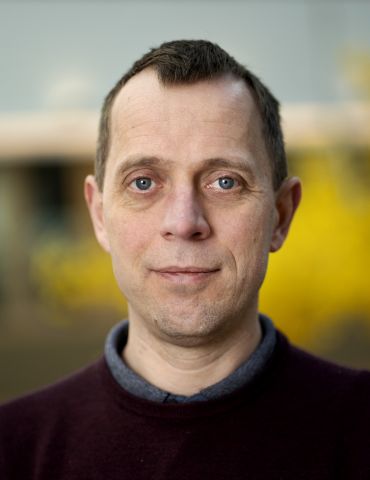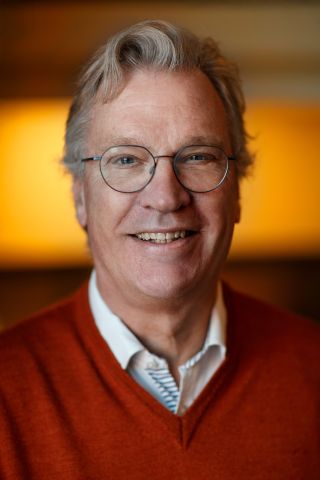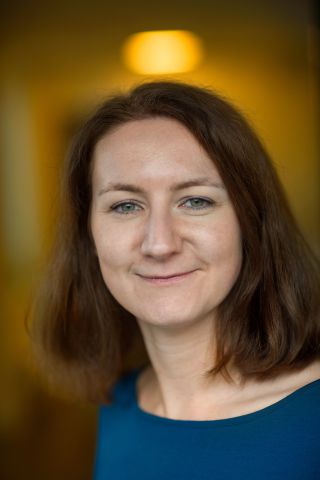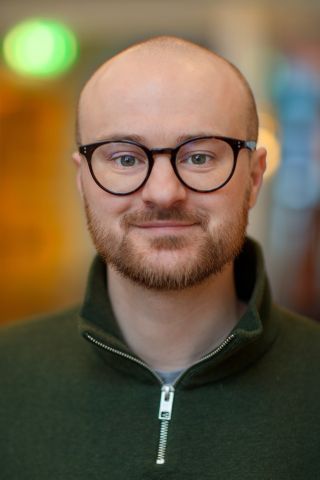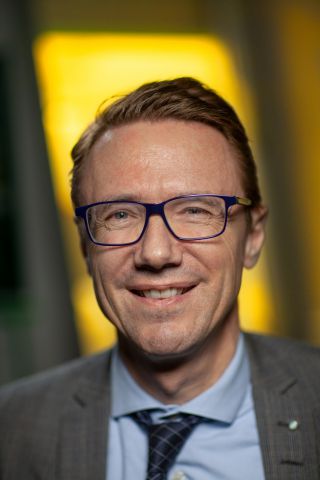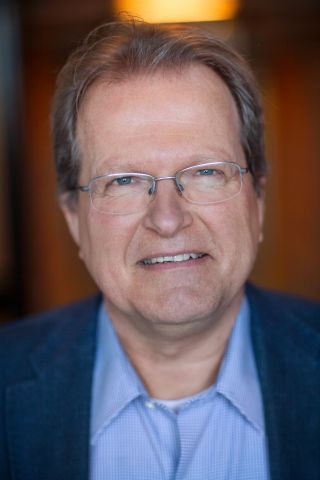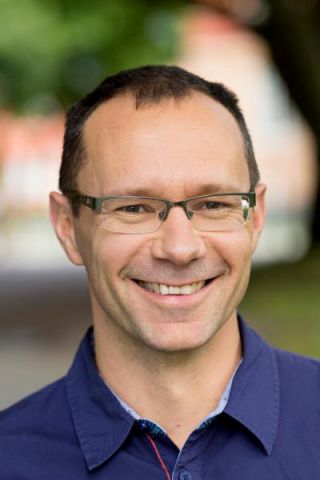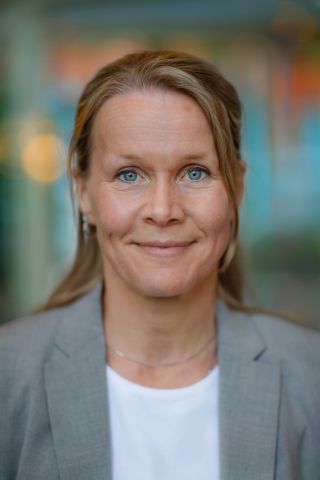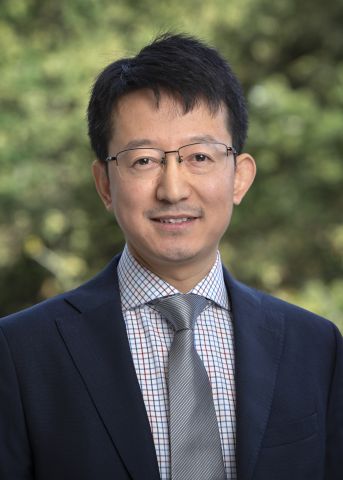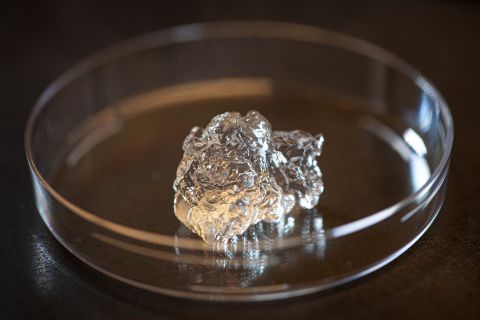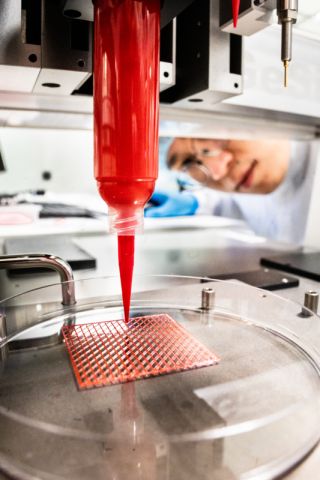Renewable materials are absolutely central to a sustainable society. Development of new materials, and knowledge about them, has enabled humanity and our societies to develop throughout history. We have used a broad span of materials – from bronze and iron to the semiconductors of today, such as silicon and germanium, which have paved the way for the modern age of information. But many materials, and the way they are manufactured, have also exacerbated current environmental problems because they have not been sustainable.
These days, research in materials science and chemistry is largely concentrated on finding sustainable green alternatives. Physics, chemistry and engineering have merged in efforts to find new solutions. One example is the production of new chemicals from renewable raw materials such as carbon dioxide and water. It is now possible to create artificial materials by tailoring the atomic properties of a given material or by using living materials such as yeast to produce green chemicals.
But the science on old materials such as cellulose is also important to create the new sustainable materials of the future. Replacing oil with wood in the manufacture of plastics, creating stronger and more fire-resistant materials, as well as new functional materials, are some of the goals at Wallenberg Wood Science Center.
Nor should electronics of the future be dependent on finite, rare metals that impoverish people and the planet alike. Those metals must be replaced by new materials.
Researchers are also making strenuous efforts to replace fossil fuels, and to substitute many chemicals and change their manufacture in order to reduce or eliminate their climate impact. Green chemistry means designing compounds to be as environmentally friendly as possible.
Knut and Alice Wallenberg Foundation supports preeminent basic research. The list below shows researchers working on new, sustainable materials and green energy who have been funded by the Foundation.



